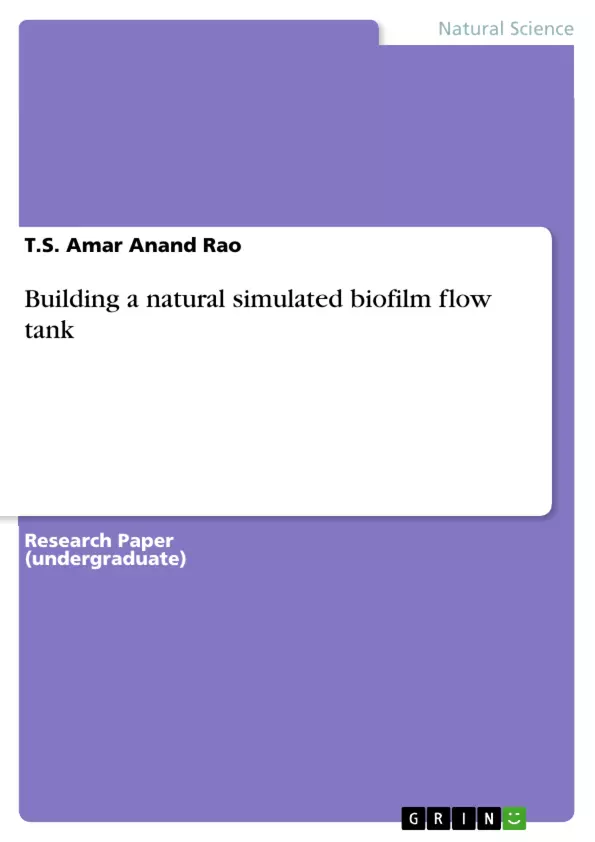We can harness the potential of a Winogradsky column in making a large tank with natural biofilm forming simulated conditions, including wind and waves. Over a period of time this environment provides natural biogeochemical cycles and microbial succession to take place resulting in biofilms as of those found in a water body like a lake. We can then study the biofilm forming tendencies of soil microflora in a very convenient and natural way.
Table of Contents
- Abstract
- Introduction
Objectives and Key Themes
This article explores the potential of creating a large-scale simulated biofilm environment, mimicking natural conditions found in water bodies like lakes. The goal is to provide a controlled and practical method for studying the formation and development of biofilms, specifically focusing on the behavior of soil microflora.
- Simulating natural biofilm environments
- Utilizing the Winogradsky column for biofilm studies
- Investigating microbial succession and biogeochemical cycles
- Analyzing the influence of flow velocity on biofilm formation
- Characterizing phototrophic biofilms and their development
Chapter Summaries
- Abstract: The article introduces the concept of using a large tank with simulated natural conditions to study biofilm formation. It proposes harnessing the potential of the Winogradsky column to create a controlled environment that mimics the biogeochemical cycles and microbial succession observed in natural water bodies. This method offers a practical and convenient way to study biofilm formation by soil microflora.
- Introduction: The introduction highlights the Winogradsky column as a valuable tool for studying microbial activity, nutrient cycling, and microbial succession in soil. It describes the various stages of microbial succession observed in a Winogradsky column, emphasizing the interdependence of different microbial groups. The introduction also discusses the impact of flow velocity on the colonization dynamics of ciliates in biofilms, demonstrating the influence of flow on the structure and composition of biofilm communities.
Keywords
This article focuses on the study of biofilms, emphasizing the use of the Winogradsky column as a tool for simulating natural environments. Key themes include microbial succession, biogeochemical cycles, flow velocity, phototrophic biofilms, and the application of molecular techniques for analyzing biofilm communities.
- Arbeit zitieren
- T.S. Amar Anand Rao (Autor:in), 2011, Building a natural simulated biofilm flow tank, München, GRIN Verlag, https://www.hausarbeiten.de/document/184267


